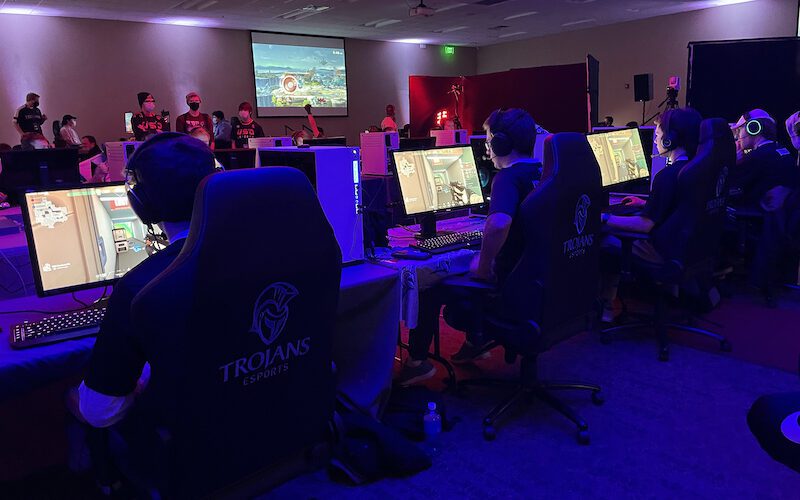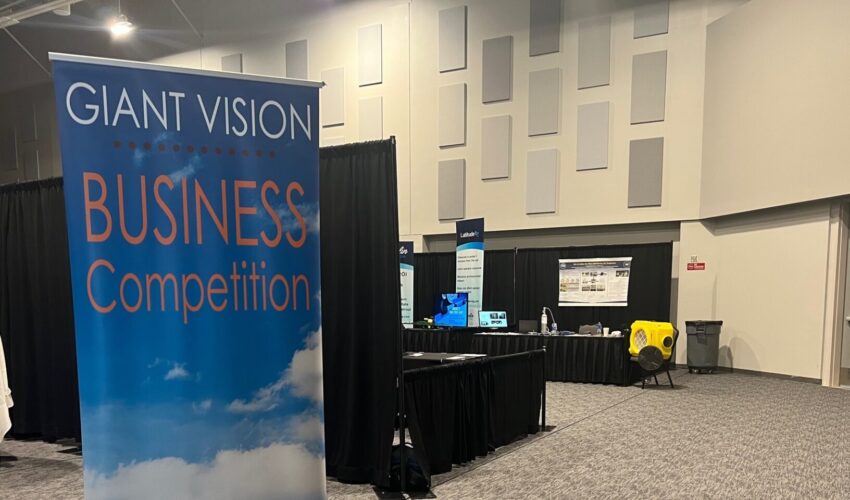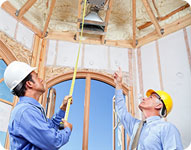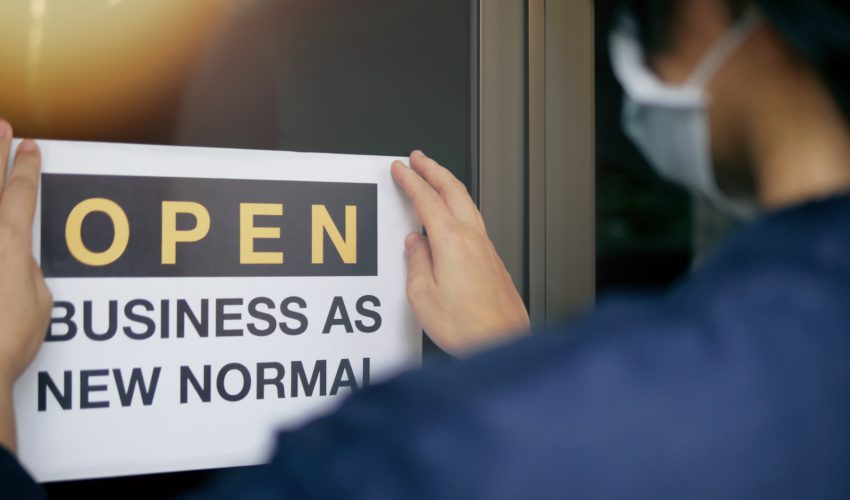Back to work: Smarter, safer offices in pandemic age
June 16, 2020
This paid piece is sponsored by TSP.
Heading into the office looks different from three months ago. For many workers, it feels different too. As employers put their COVID-19 preparedness and response plans into action, they’re balancing caution and optimism. Welcoming employees back into buildings requires a new sort of flexibility — a need to accommodate team members with a wide range of comfort levels on proximity and other risks of a still-evolving pandemic.
Their buildings must do the same, architect Greg Schoer said. The way people experience their environments is shifting rapidly as they assess common areas, shared equipment and personal bubbles on a near-constant basis during their day.

Thoughtful design adaptations and building-system tweaks can help companies find a new normal that also provides a return on investment when they’re ready to move to the next phase in their recovery plans. Now in its 90th year, TSP is developing customized solutions for some nearly universal shared-space challenges. Tackling these issues together with clients demands listening, creative use of space and staying up to the moment on the latest guidance. Incremental, reactive changes now are likely to affect near- and midrange trends intended to “future-proof” buildings against what we don’t yet know — whether the science centers on our understanding of COVID-19 or the next public health outbreak headed our way.
These adjustments also are worth considering to help save on any organization’s largest expense: personnel. Employees who feel unsafe at work are risking their emotional and mental health to provide financial security for their families. That can erode faith in and loyalty to their organization, cause business losses related to distracted productivity and drive a costly need to fill positions when employees leave for a better working environment elsewhere.
Human component
Space programming, building systems and products are tools to support — not solve — issues that largely are driven by behavior and entrenched habits.

Schoer faced some of those issues head-on when Lutheran Social Services of South Dakota asked TSP to adjust occupancy calculations across several buildings to align with a new Sioux Falls capacity ordinance.
The city restriction was temporary, but it raised lingering questions for business owners. Suddenly, every manager had to think like a designer. Entry vestibules became overnight holding areas for packages and smaller deliveries of supplies. Executives obsessed over the logistics of site and facility access, traffic patterns between private and public areas or multiple levels, impromptu employee interactions in hallways and break rooms. Companies took a hard look at how to group certain functions together — or separate them entirely as the case called for it.
Best of both worlds
Like other regional firms, TSP is navigating restrictions across multiple state lines. Its Sioux Falls office houses the greatest number of workers and will follow group scheduling for Week A and Week B teams. A split approach allows businesses to control the number and proximity of workers in the building at standard times, but it’s only one strategy for managers to consider.

Demountable wall systems, available in glass and opaque panels, provide an answer to create rooms-within-rooms. TSP designers have put them to use in recent years for Sweetman Construction/Concrete Materials’ corporate headquarters and the Wealth Management offices at The First National Bank in Sioux Falls. Those clients appreciated the flexibility to move partitions as their workforces changed in number and team functions. Now, companies are seeing opportunities to section off semiprivate work spaces without the need for expensive, less-reversible full-scale interior remodels.
Filters and indoor air quality
It’s equally important to consider changes in building-system design. As an integrated, multidisciplinary firm, TSP assembles teams whose mechanical, electrical and structural engineers are involved directly with architects and interior designers from a project’s earliest stages. That approach is well-suited for what’s next: the complex mix of interconnected systems needed in a “low-touch economy.”
Industries that were moving toward those practices before the coronavirus will be early adapters of more sophisticated automation — building on the successes of sensors for room lighting and temperature controls, door-access systems and near-field communication for touchless payments.
But thorough planning also requires some harder acknowledgments. Certain risk factors remain beyond control in non-health care environments.
An office building can’t perform at the same level to eliminate viruses and bacteria. And it’s impractical to overdesign them to reach that goal, according to TSP mechanical engineer Roger Nikolas. During his 30-year career, he has designed complex systems for hospitals, clean rooms and laboratory settings. The components in more typical HVAC systems are intended to trap larger particles — dust as well as some mold and pollen spores. This ensures systems remain free of contaminants that drive down efficiency, requiring more energy to achieve the same cooling effect and shortening the equipment’s lifespan.

“Another recommendation said that offices, schools and similar facilities should discontinue using demand-controlled ventilation, or DCV, to keep outdoor airflow rates as high as possible. That replaces more building air with fresh air,” Nikolas said, though he stresses the importance of understanding a system’s limitations. “We have to consider the equipment’s cooling and heating capacity whenever we make any modifications to these kinds of control strategies,” he said. “If the outdoor airflow rate is above the equipment’s design capacity, it can cause temperature– or humidity-control issues during extreme weather.”
Thermostat wars
Many office and retail buildings are set to supercool inside air during the Midwest’s scorching, humid summers. Even with COVID-19 concerns, people understandably want to be comfortable in their workplaces.
The right balance of fresh and recirculated air is based on the building’s size and indoor air volume plus the space configuration and the number of people within.
“If you have more private offices, the number of people per square foot goes down. If you have wide-open work spaces, you can usually count on a higher figure,” TSP mechanical engineer Sidney Smith said. “People are breathing in and out and producing body heat. More people mean more workstations, with heat coming off computers too. All that affects the calculations and requires us to bring more outside air into the space.”
The thermostat wars are real, and they’re waiting for anyone who hasn’t been to the office since the furnace was cycling in March.
“When we’re designing new buildings, the more zones you can put in, the better control you’ll have over each area,” TSP mechanical engineer Roger Nikolas said. “That also is more expensive, and it can be cost-prohibitive for remodeling an existing building. Instead, you can install VAV diffusers — variable air-volume diffusers — that modulate airflow and are controlled by a separate thermostat. It gives you less of that cold air blowing directly down on someone’s work area.”
A new awareness
The COVID-19 pandemic has disrupted modern life and the economy in ways we haven’t yet fully realized. It’s also interrupted daily routines and made people re-examine their surroundings.
“This event has reactivated an awareness of the buildings, plazas and playgrounds we’ve taken for granted,” architect Schoer said. “It’s allowed the majority of us to pause and evaluate the spaces around us, no matter what type of business or industry we’re a part of.”
Practical resources
Risk-management plans for your buildings from The American Institute of Architects.
Employer information for office buildings from the Centers for Disease Control & Prevention.
Expert, industry-specific guidance for businesses from Back to Work Safely.
Latest report on COVID-19’s effects for the “low-touch economy.”
Building-reopening guidelines for your building’s HVAC and water systems.
The 6-Feet Office concept guide from Cushman & Wakefield.
Strategies and 3-D model examples for safer offices and safer retail stores from The American Institute of Architects.
Returning to work: Businesses slowly begin bringing staff back to office

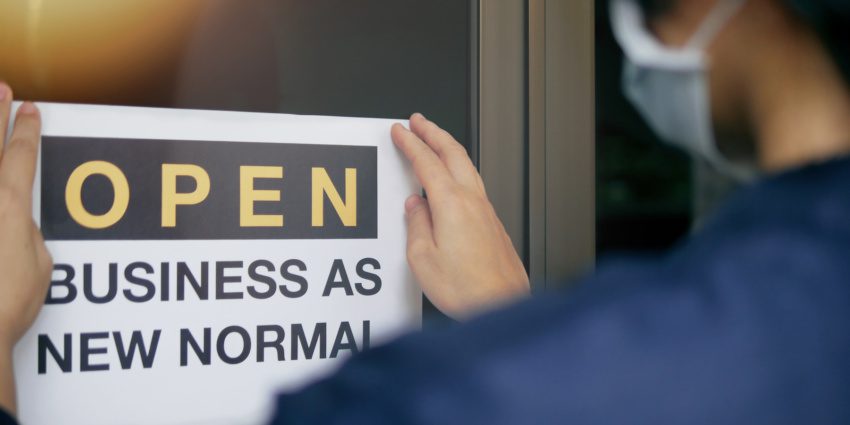
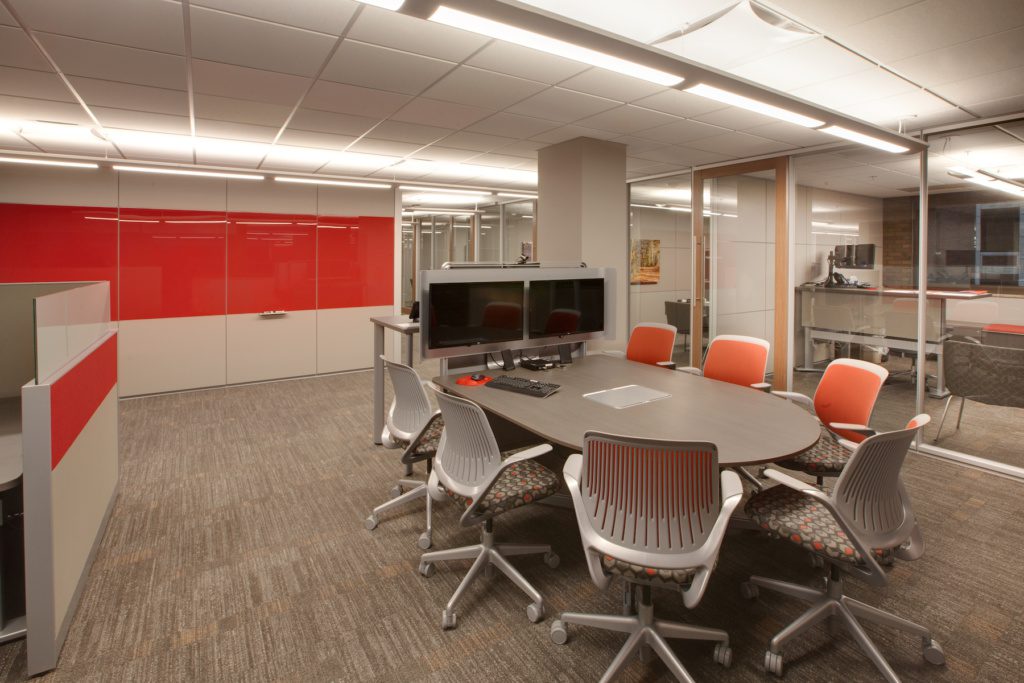
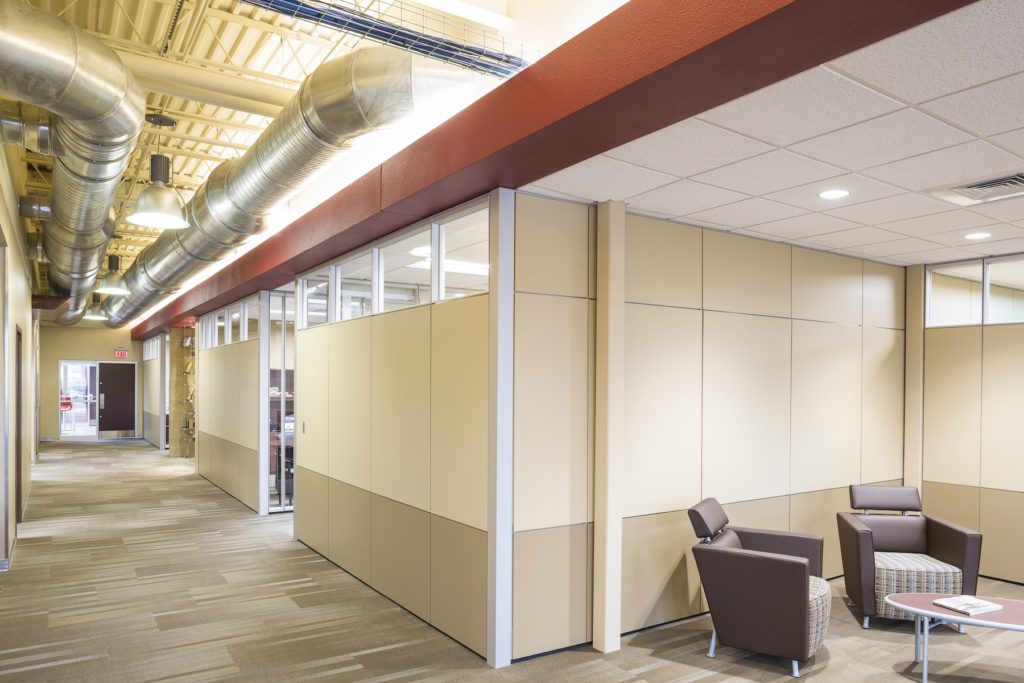
 “If you have more private offices, the number of people per square foot goes down. If you have wide-open work spaces, you can usually count on a higher figure,” TSP mechanical engineer Sidney Smith said. “People are breathing in and out and producing body heat. More people mean more workstations, with heat coming off computers too. All that affects the calculations and requires us to bring more outside air into the space.”
“If you have more private offices, the number of people per square foot goes down. If you have wide-open work spaces, you can usually count on a higher figure,” TSP mechanical engineer Sidney Smith said. “People are breathing in and out and producing body heat. More people mean more workstations, with heat coming off computers too. All that affects the calculations and requires us to bring more outside air into the space.”